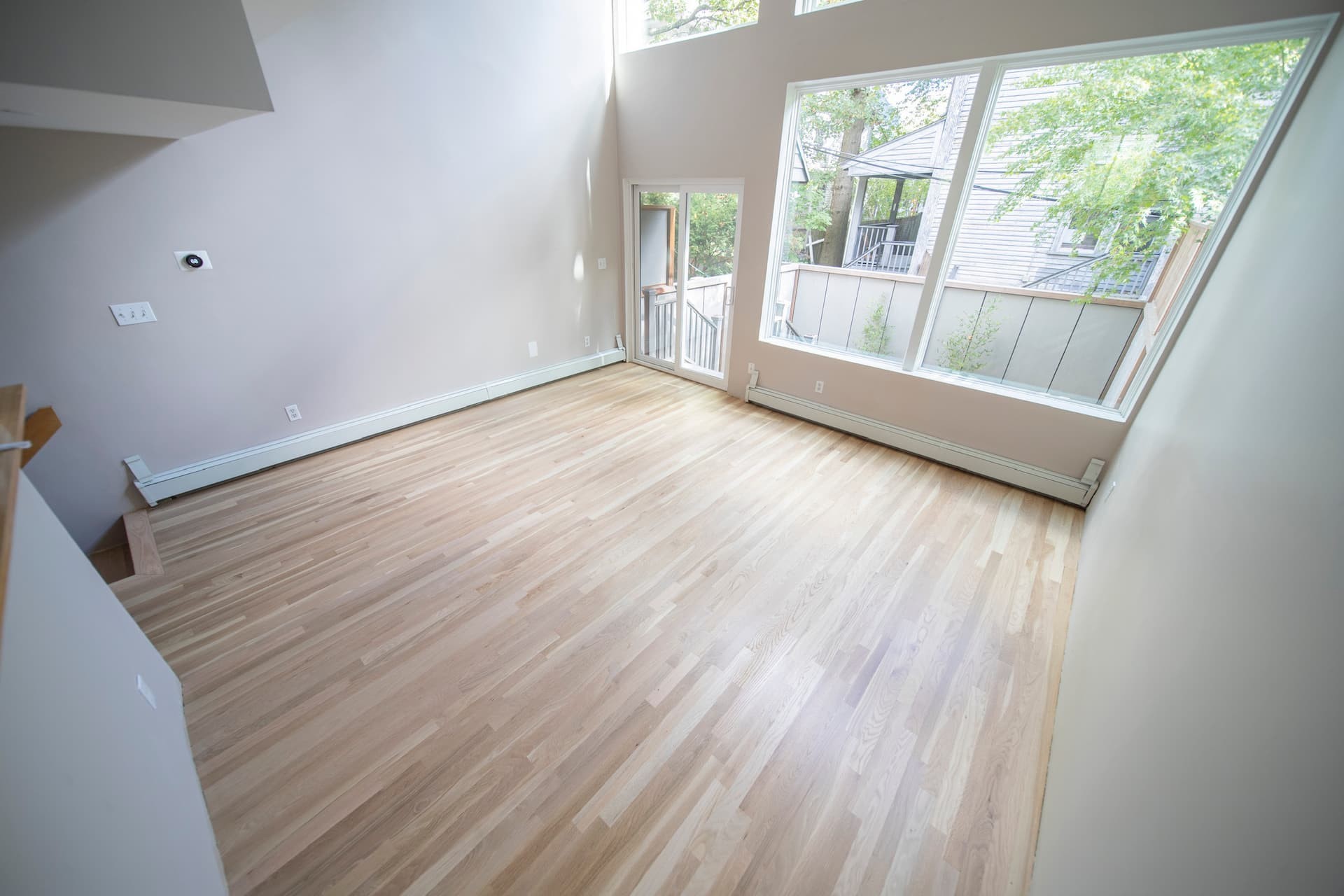It is possible to refinish hardwood floors without sanding in some cases, but it depends on the condition of your current floors and the type of finish you want to use. If your hardwood floors are in good condition and only have a few scratches or imperfections, you may be able to refinish them by lightly buffing or screening the surface and applying a new finish.
However, if your hardwood floors are heavily worn or damaged, sanding may be necessary to remove the existing finish and level the surface before applying a new finish. Sanding also helps to smooth out any imperfections or blemishes in the wood, which can help improve the overall appearance of your floors.
If you're considering refinishing your hardwood floors without sanding, it's a good idea to test a small area first to see how the finish adheres and looks. You may need to use a special type of finish, such as a liquid floor wax or a penetrating finish, to get the best results. These types of finishes are designed to penetrate into the wood, rather than sitting on top of the surface like traditional polyurethane finishes.
If you're unsure about the best approach for your project, it may be a good idea to consult with a professional flooring contractor for guidance. They can assess the condition of your floors and recommend the best course of action.
There are a few things to consider if you're thinking about refinishing your hardwood floors without sanding.
-
Preparation: Even if you're not sanding your floors, it's still important to properly prepare the surface before applying a new finish. This may include cleaning the floors, filling any cracks or gaps, and repairing any damage.
-
Type of finish: As mentioned earlier, you may need to use a special type of finish, such as a liquid floor wax or a penetrating finish, to get the best results when refinishing your hardwood floors without sanding. These types of finishes are designed to penetrate into the wood, rather than sitting on top of the surface like traditional polyurethane finishes.
-
Finish appearance: Keep in mind that the appearance of your finished floors may not be as smooth or even as it would be if you had sanded the surface first. This is because the new finish will be applied on top of the existing finish, which may have imperfections or blemishes.
-
Durability: Refinishing your hardwood floors without sanding may not be as durable as sanding and refinishing the floors. This is because the new finish will be applied on top of the existing finish, which may not provide as strong of a bond as a finish applied to a freshly sanded surface.
Overall, refinishing hardwood floors without sanding can be a cost-effective option if your floors are in good condition and you're willing to accept a slightly less smooth and even finish appearance. However, if your floors are heavily worn or damaged, sanding may be necessary to achieve the best results. It's always a good idea to consult with a professional flooring contractor for guidance on the best approach for your specific project.



